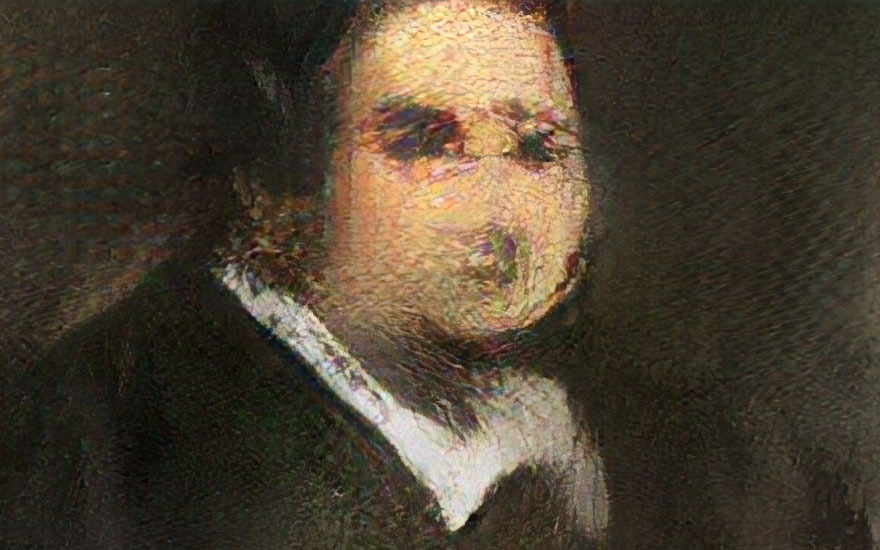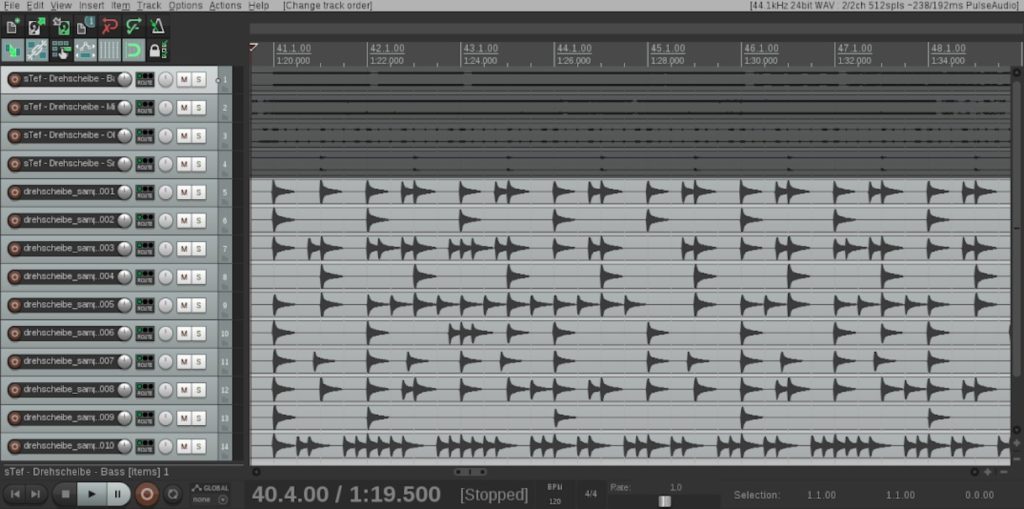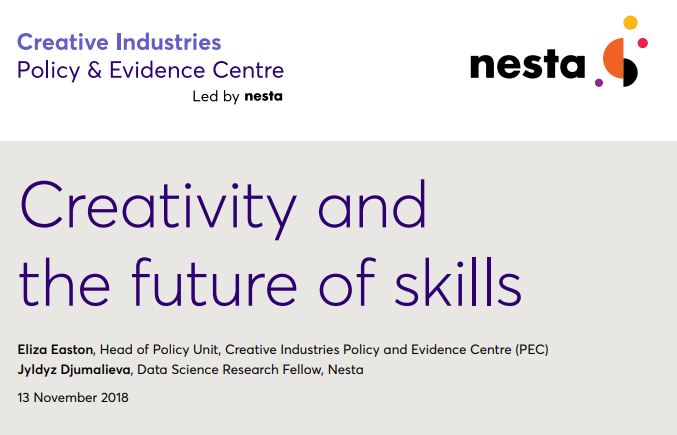The capabilities of artificial intelligence (AI), robots and machines and the resulting impact on society, business and education are subject to numerous discussions and speculation. Perhaps the some of the pessimistic views on AI’s future are due to the controversial picture of life with robots painted by sci-fi fiction and films.
However, we are currently witnessing significant advances in the development of AI and machine learning, as well as their adoption in certain fields and the uses to which such innovations may be applied. Companies in sectors including tech and communications, automotive manufacturing, finance and energy are turning to AI for certain tasks such as algorithmic financial trading, predictive maintenance and patient data processing, as detailed by Priceonomics.
Despite business’s increasing use of AI, disagreements and often negative opinions on the application of AI persist. Recently, Forbes reported on divisions over the impact of AI in the US, quoting a Blumberg Capital survey. The survey revealed that 50% of American consumers found themselves feeling ‘optimistic and informed’ about artificial intelligence, while the rest felt ‘fearful and uninformed’. At the same time, only 26% were aware that they interact with AI at least once a day while 53% think of robots and 40% think of self-driving cars when asked about AI, and ‘58% get information about AI from films and TV or social media’.

As AI edges its way not only in the manufacturing, finance and health sectors but also in education, we cannot help but ask what AI’s impact on the creative industries will be. Recent discussions of the increasing implementation of AI in the creative industries and the arts has prompted artists, academics, and creative professionals to question to what extent creative processes could be and would be delegated to AI in the future.

In the end of last year, the AI artwork Portrait of Edmund Belamy sold at auction at Christie’s for $432,500. Meanwhile, other AI artists such as Mario Klingemann, Libby Heaney, Anna Ridler, and Jake Elwes have already started experimenting with GANs and other AI algorithms in their art practices.
Similar tests of innovative technology spread to other sectors of the creative industry. Sony has developed an artificial intelligence algorithm that produces rhythm and drums effects. Meanwhile, music artists like Taryn Southern experiment with the possibilities of AI in music production. On consumer level, AI algorithms have long defined streaming platforms that allow playlist creation or recommendation settings.

Recently, we have also seen a darker side of AI and machine learning with the rise of deepfake videos. While these demonstrate AI’s abilities as video production tools, deepfake videos impact not just visual culture production but also the wider social context in which they are produced or published.
Nevertheless, there are numerous ways in which AI and tech allow for more originality and innovation in the creative arts. A discussion of AI’s influence on the visual arts on a recent podcast by Nesta suggests that AI’s role in visual culture production might be compared to that of a new tool alongside established media like oils in painting rather than a non-human intelligence that could completely take over visual arts creation.

In an article on the music industry’s adoption of AI, April Clare Welsh posits that perhaps AI could make the music industry and the act of music production more democratic as access to music education is becoming increasingly restricted. Therefore, the creative community has slowly started to adopt AI despite the naysayers and implemented it to produce innovative variations within established artistic disciplines. Perhaps what we are seeing is not only the development of a new tool in the creative professions but also a new set of skills to complement this new tool and the possibilities it offers.
Some say that the increasing adoption of AI in education would mean that the development of creative skills will become increasingly important and career progression in most fields. In terms of creativity in particular, a recent Nesta report The Future of Skills Employment In 2030 predicts that by 2030 it will be one of the most sought-after skills as occupations that value other competences such as customer service skills are slowly delegated to automation.
As AI’s role remains the subject of heated discussions, these findings and the industry’s adoption of such innovations perhaps suggest that the future for artificial intelligence and the creative occupations isn’t as gloomy as we think it might be.
About BEYOND
The challenges and points raised in this article were addressed at the BEYOND conference in Edinburgh, November 2019. Conference themes explored the impact of AI, Machine Learning and Data on the creative industries. The two-day programme offered lively debate, keynote sessions, short-talks, panel discussions and exhibitions showcasing the UK’s excellence in research-driven creative innovation, plus networking.

